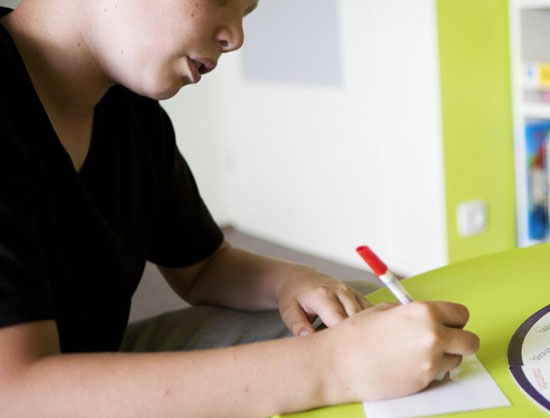Mental retardation (MR) or general learning disability is a generalized disorder appearing before adulthood, characterized by significantly impaired cognitive functioning and deficits in two or more adaptive behaviors. It has historically been defined as an Intelligence Quotient score under 70. Once focused almost entirely on cognition, the definition now includes both a component relating to mental functioning and one relating to individuals’ functional skills in their environment. As a result, a person with a below-average intelligence quotient may not be considered mentally retarded. Syndromic mental retardation is intellectual deficits associated with other medical and behavioral signs and symptoms. Non-syndromic mental retardation refers to intellectual deficits that appear without other abnormalities.
Signs and symptoms
The signs and symptoms of mental retardation are all behavioral. Most people with mental retardation do not look like they have any type of intellectual disability, especially if the disability is caused by environmental factors such as malnutrition or lead poisoning. The so-called “typical appearance” ascribed to people with mental retardation is only present in a minority of cases, all of which involve syndromic mental retardation.
Children with mental retardation may learn to sit up, to crawl, or to walk later than other children, or they may learn to talk later. Both adults and children with mental retardation may also exhibit some or all of the following characteristics:
- Delays in oral language development
- Deficits in memory skills
- Difficulty learning social rules
- Difficulty with problem solving skills
- Delays in the development of adaptive behaviors such as self-help or self-care skills
- Lack of social inhibitors
Children with mental retardation learn more slowly than a typical child. Children may take longer to learn language, develop social skills, and take care of their personal needs, such as dressing or eating. Learning will take them longer, require more repetition, and skills may need to be adapted to their learning level. Nevertheless, virtually every child is able to learn, develop and become a participating member of the community.


